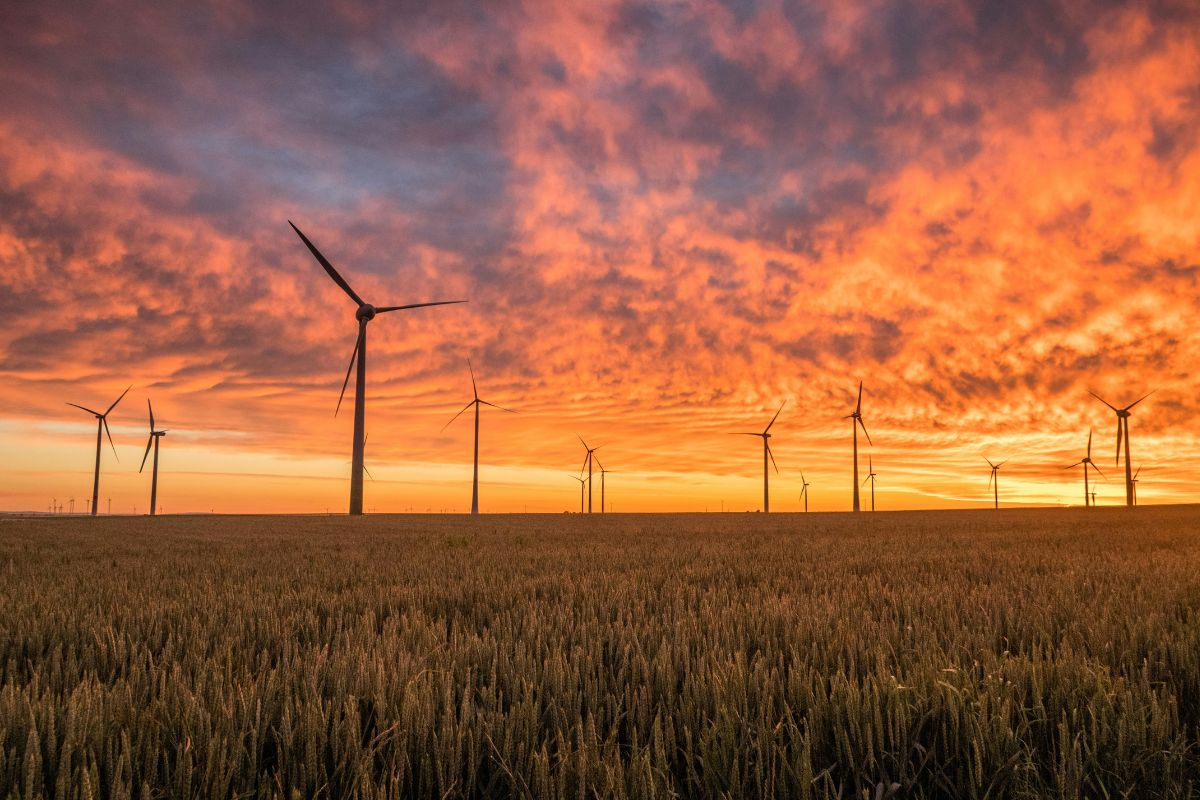The term “renewable energy” means energy derived from natural sources that replenish at a higher rate than we consume them.
Fossil fuels form slowly over hundreds of millions of years, making them a limited resource. They also release carbon dioxide and other greenhouse gases when we burn them to make use of their energy.
On the other hand, renewable energy generation makes use of abundant, constantly replenishing natural processes, like heat from the depths of the Earth or light from the sun.
Many energy companies are transitioning to renewable sources that emit net-zero carbon dioxide, not only because they’re better for the environment, but because most have zero fuel costs.
Top five renewable resources of 2023
Here are some of the most common types of renewable energy generation:
- Wind. Wind spins a turbine to generate electricity. In 2023, 10.2% of the energy generated in the U.S. came from wind.
- Hydroelectric. The force of rushing water through a dam spins turbines. Hydro power totaled 5.7% of U.S. energy produced last year.
- Solar. The sun energizes photovoltaic cells of a solar panel. Solar accounted for 3.9% of U.S. energy generation last year.
- Bioenergy. Organic matter known as biomass, from sources like crops and forest residue, is burned to release its energy. Like fossil fuels, the process emits carbon dioxide, but since the amount released is equal to the amount the biomass sequestered in its lifetime, bioenergy is considered carbon-neutral. Bioenergy accounted for just over 1% of U.S. energy production in 2023.
- Geothermal. Heat from dry steam wells or hot water wells deep within the Earth power turbines and generate electricity. Only 0.4% of U.S. energy came from this source in 2023, however that number could increase 20 times by 2050.
Is nuclear energy renewable?
Nuclear energy is generated through nuclear fission, splitting an atom, most commonly the uranium atom. Since uranium is a limited resource, it is not renewable.
Nuclear fission generates heat that powers a turbine to generate electricity. According to the U.S. Department of Energy, a one-inch uranium pellet can generate the same amount of energy as 2,000 pounds of coal, 149 gallons of oil or 17,000 cubic feet of natural gas.
A diverse mix
Through a combination of all the sources listed above, energy companies decide how to most cost-effectively and reliably deliver the energy their customers expect.
At Alliant Energy, we’re in the process of building 1,500 megawatts of solar energy to go along with our third-largest regulated wind fleet in the U.S. Learn more about our transition to more renewable resources at alliantenergy.com/poweringwhatsnext.


